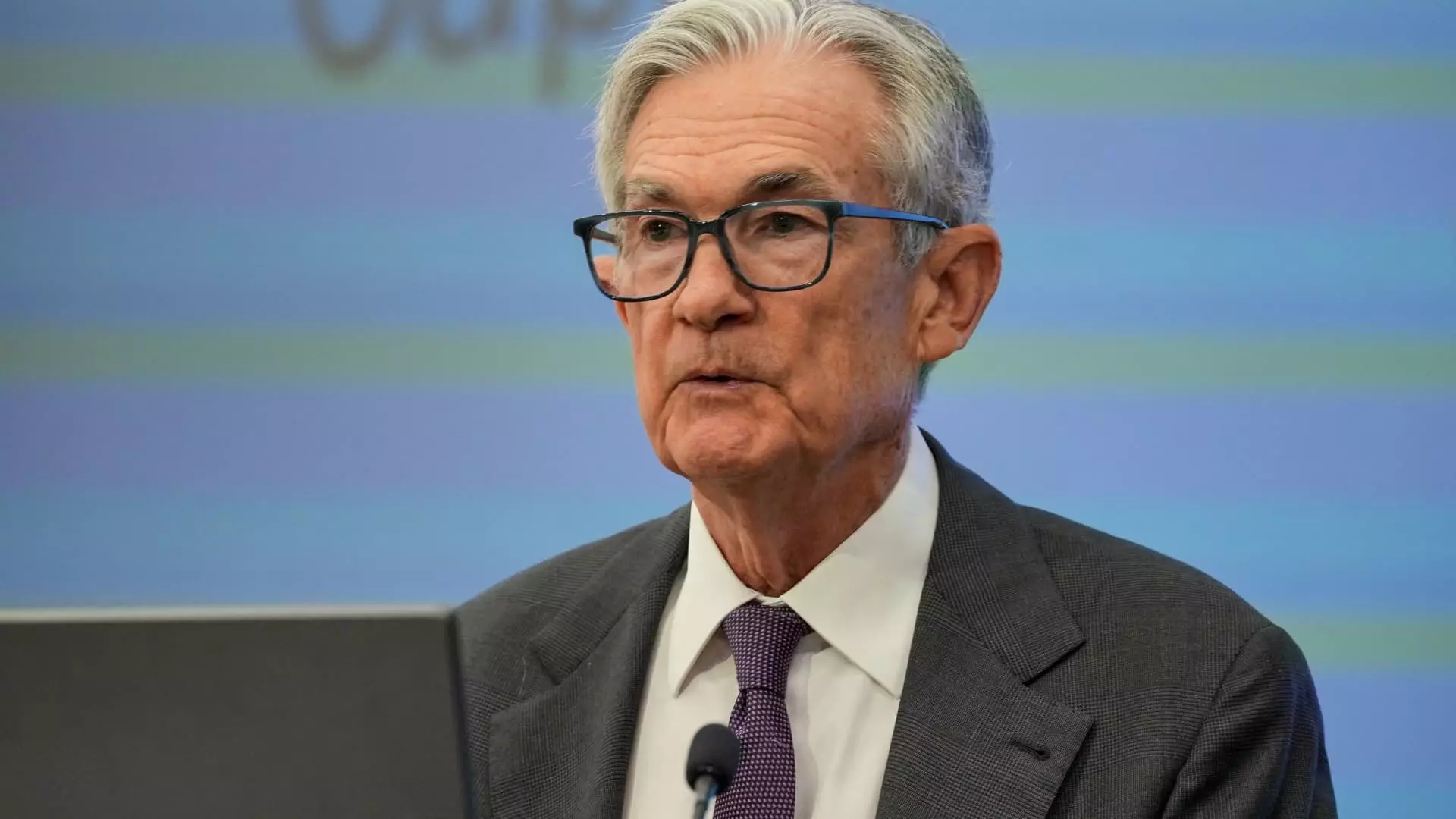As Jerome Powell prepares to deliver what may be his final address at Jackson Hole, the landscape of central banking is arguably more volatile than ever. Historically revered as an institution insulated from political whims, the Federal Reserve now finds itself navigating treacherous waters where partisanship, populism, and public scrutiny threaten its independence. Powell, known for his deliberate and composed demeanor, faces an unprecedented challenge: how to maintain the credibility and autonomy of the Fed amid mounting political interference.
The Trump administration’s relentless attacks have transformed the Fed’s traditionally apolitical stance into a political football. From overt criticism of interest rate decisions to controversial allegations against Fed officials, the White House has sought to influence monetary policy and decision-making processes. Powell’s task becomes even more delicate given these external pressures; he must strike a balance between defending the institution’s integrity and avoiding open confrontation that could undermine its authority. His reputation as a steady steward of monetary policy is now tested against a backdrop of relentless political noise.
This atmosphere of tension raises profound questions about the future of central bank independence. If the leadership at the Fed begins to bend to political pressure, especially under the threat of removal or influence, it risks compromising its ability to act independently. Powell’s tone at Jackson Hole could serve as a pivotal signal—either reaffirming the central bank’s resolve to prioritize data and long-term stability or subtly yielding to the influence of political tides. His ability to stay composed amidst the chaos will be scrutinized, with many viewing his speech as a potential rallying cry to safeguard the institution’s core principles.
Policy in Turmoil: Navigating an Uncertain Economic Landscape
Beyond the political dimension lies a complex web of economic challenges that Powell must address. The Fed’s long-standing dual mandate—to promote maximum employment and stable inflation—is under threat from recent economic turbulence. While labor markets show signs of resilience, sectors remain uneven, and recent data reveals a slowdown in job creation. Simultaneously, inflation has remained stubbornly high, fueled in part by external shocks like tariffs and supply chain disruptions.
Markets are eager for signals about imminent policy shifts, particularly regarding interest rates. Recent Jackson Hole speeches historically marked turning points—whether signaling tightening or easing—role that Powell has used as a compass for financial markets. This time, expectations center around a possible rate cut in September, a move that could be justified as necessary to sustain growth or, conversely, risk igniting inflationary pressures that the Fed has been desperately trying to contain.
Powell’s challenge is to communicate a clear, steady approach without pre-commitment—particularly given regional Fed presidents’ varying views on rate cuts. Some officials warn against premature easing, emphasizing inflation risks, while market observers hope for assurances that a rate cut is on the table. Such conflicting signals can cause volatility and undermine confidence in the Fed’s forward guidance. Powell must navigate this fine line, balancing the need for flexibility with a commitment to transparency that reassures investors and workers alike.
Reconsidering the Framework: The Fight Over Inflation Targets
One of the more subtle yet impactful issues at play is the Fed’s inflation targeting policy. During the pandemic, the central bank adopted a flexible average inflation target, allowing inflation to overshoot temporarily to support employment and economic recovery. While this redefinition was initially presented as a pragmatic response to extraordinary circumstances, it has since faced criticism for contributing to persistent inflationary pressures.
Currently, there is mounting debate over whether the Fed should roll back this framework and restore its previous approach, which prioritized preemptive measures against rising inflation. Critics argue that the temporary shift effectively set the stage for the inflation surge now gripping the economy, forcing the Fed into a more aggressive stance. Powell’s speech potentially signals a strategic pivot—highlighting plans to recalibrate policy and re-establish pre-pandemic norms.
Adjustments in the Fed’s long-term goals and inflation outlook could be transformative, affecting how markets and the public interpret its future actions. Replacing the flexible framework with a more preemptive stance would reinforce the Fed’s role as a vigilant guardian of price stability, but it could also heighten tensions with those who see aggressive tightening as harmful to employment and growth. Powell’s commentary on this subject will be scrutinized for clues on how the Fed plans to reassert control over inflation without sacrificing its legitimacy.
Why the Stakes Have Never Been Higher for the Fed’s Credibility
The central paradox Powell faces is this: to maintain trust, he must appear unwavering in defending independence but also adaptable enough to respond to changing economic realities. His leadership during tumultuous times will be judged not just by the decisions he makes but by how convincingly he can convey that those decisions are driven solely by data, not politics.
A failure to assert the Fed’s independence at Jackson Hole could have long-term consequences. It risks diminishing the credibility that has been painstakingly built over decades—credibility that underpins the stability of financial markets and the economy. Conversely, taking a firm stance against political interference, even amidst fierce pressure, could foster respect for the institution’s autonomy, ensuring it remains focused on its mandates amidst the chaos.
Powell’s ability to communicate a balanced, data-driven outlook will shape the perception of the Federal Reserve for years to come. His tone, substance, and more importantly, his resolve at Jackson Hole could either reinforce the central bank’s standing as a pillar of economic stability or expose it to further erosion of trust in an increasingly politicized environment. The path he charts now could serve as a template—either as a robust defense of independence or a cautionary tale of capitulation under pressure.

